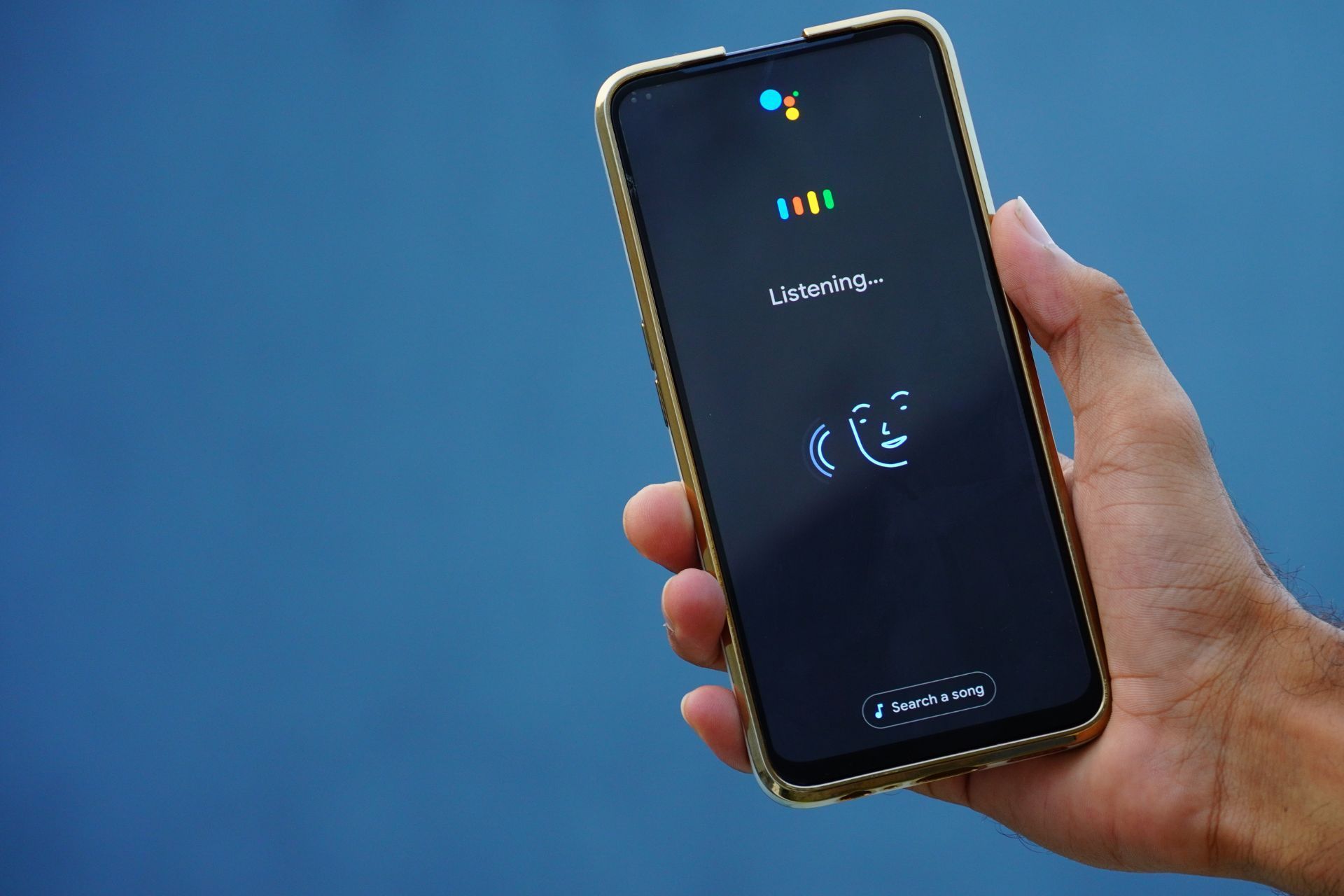Personalization in 2026: Why Trust and Predictive Analytics Define the Future of CRM
Customer expectations are higher than ever. Generic outreach doesn’t cut it. People want interactions that feel relevant, timely, and personal. By 2026, personalization won’t just mean tailored messages. It will mean earning trust, proving transparency, and staying compliant.
This is especially true for industries like telecommunications and insurance, where customer relationships are long-term and regulatory scrutiny is high. Hyper-personalization and predictive analytics still matter, but in today’s environment, they only work if they are built on a foundation of responsible data practices.
Hyper-Personalization: Beyond First Names
Hyper-personalization has grown far beyond simply adding a first name in an email. Today, it leverages real-time data, AI, and behavioral insights to deliver experiences that feel uniquely tailored to each customer.
Examples include:
- Recommending the right product at exactly the right time.
- Sending personalized communications based on recent activity or location.
- Triggering account-specific support when customers show early signs of dissatisfaction.
In 2026, these tactics remain powerful, but customers now expect to know how and why personalization is happening. Transparency builds trust, and trust builds loyalty.
Predictive Analytics: Anticipating Needs Responsibly
Predictive analytics takes personalization a step further. Instead of reacting to behavior, it uses data patterns to anticipate what comes next.
With predictive analytics in a CRM system, businesses can:
- Forecast sales with greater accuracy.
- Identify at-risk customers before they churn.
- Recommend upsell and cross-sell opportunities.
- Streamline operations with data-driven resource allocation.
Predictive analytics can shorten claim cycles, reduce customer frustration, and even prevent service issues before they happen. The difference in 2025 is that predictions must not only be accurate but also ethical, compliant, and explainable.
Personalization in 2026: Trust and Data Ethics at the Core
Hyper-personalization without trust will backfire. Customers are more aware of how their data is collected and used, and regulators are paying closer attention to how businesses handle sensitive information.
A successful CRM strategy in 2026 must:
- Be transparent: Clearly explain how customer data is collected and applied.
- Balance personalization with privacy: Deliver relevance without crossing the line into invasive.
- Embed governance: Establish clear rules for data access, retention, and usage.
- Build trust through consistency: Demonstrate that personalization enhances customer outcomes, not just company profits.
For highly regulated industries, this balance is critical. Customers already compare every brand to the seamless experiences they get from Netflix, Amazon, or Spotify. Companies that combine personalization with transparency will earn trust in markets where switching providers is easier than ever.
Why Does This Matter Now?
By 2026, hyper-personalization and predictive analytics are not trends. They are table stakes. What separates leaders from laggards is how responsibly they use these capabilities. In regulated, customer-sensitive industries, the companies that treat data ethics as a competitive advantage will win long-term loyalty.
Building a CRM Strategy for the Future
A forward-looking CRM strategy requires more than smart technology. It requires a framework that puts trust, compliance, and customer experience at the center. Hyper-personalization and predictive analytics provide the tools, but responsible data practices provide the foundation.
At Kona Kai, we specialize in helping industries like telecom and insurance modernize their CRM strategies, combining personalization, predictive insights, and governance frameworks that build both revenue and trust.
INSIGHTS












